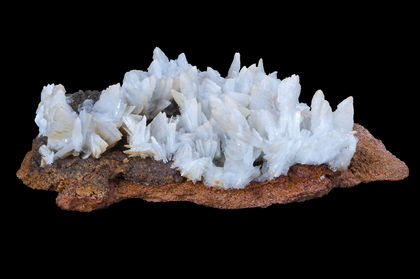

The image is based on x-ray radiographs of the human stomach and intestines in patients who have been given a ‘barium meal’.
| Density | 3.62 |
| Melting Point | 727°C |
| Boiling Point | 1845°C |
Barium is not an extensively used element. Most is used in drilling fluids for oil and gas wells. It is also used in paint and in glassmaking.
All barium compounds are toxic; however, barium sulfate is insoluble and so can be safely swallowed. A suspension of barium sulfate is sometimes given to patients suffering from digestive disorders. This is a ‘barium meal’ or ‘barium enema’. Barium is a heavy element and scatters X-rays, so as it passes through the body the stomach and intestines can be distinguished on an X-ray.
Barium carbonate has been used in the past as a rat poison. Barium nitrate gives fireworks a green colour.
In the early 1600s, Vincenzo Casciarolo, of Bologna, Italy, found some unusual pebbles. If they were heated to redness during the day, they would shine during the night. This was the mineral barite (barium sulfate, BaSO4).
When Bologna stone, as it became known, was investigated by Carl Scheele in 1760s he realised it was the sulfate of an unknown element. Meanwhile a mineralogist, Dr William Withering, had found another curiously heavy mineral in a lead mine in Cumberland which clearly was not a lead ore. He named it witherite; it was later shown to be barium carbonate, BaCO3.